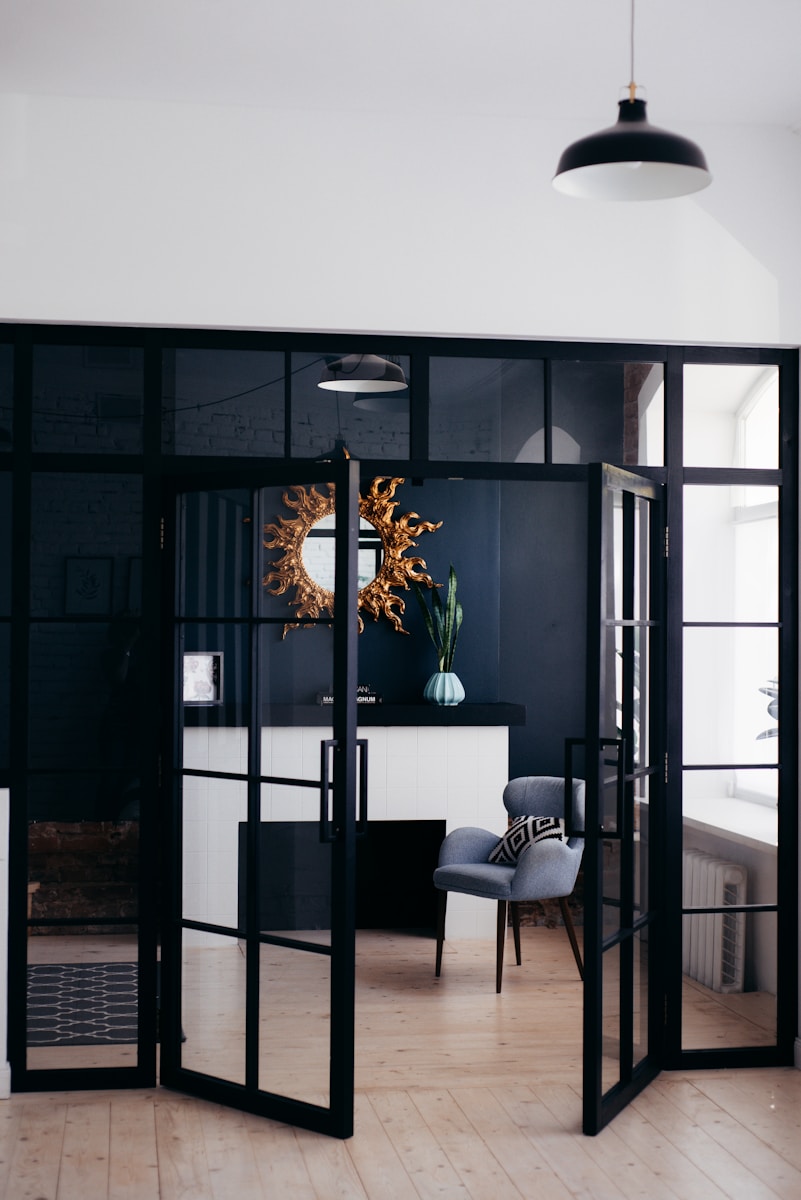
Introduce the concept of color psychology and its impact on our emotions, moods, and behavior. Highlight the importance of understanding how color influences the ambiance and atmosphere of interior spaces. Body: Understanding Color Psychology: Define color psychology and its significance in interior design. Explain how different colors are perceived and the psychological associations they evoke. Discuss the role of cultural and personal experiences in shaping individual responses to color. Warm vs. Cool Colors: Differentiate between warm colors (e.g., reds, oranges, yellows) and cool colors (e.g., blues, greens, purples) and their effects on mood. Explore the energizing and stimulating qualities of warm colors, as well as their association with passion, warmth, and vitality. Discuss the calming and soothing effects of cool colors, as well as their association with tranquility, serenity, and introspection. Primary Colors and Their Meanings: Explore the psychological associations of primary colors—red, blue, and yellow—and how they can be used to evoke specific emotions and responses. Discuss the symbolism and cultural significance of each primary color, as well as its impact on mood and perception. Psychological Effects of Common Colors: Examine the psychological effects of common colors used in interior design, such as: Red: Associated with passion, energy, and excitement, but also intensity and aggression. Blue: Evokes feelings of calmness, serenity, and trust, but can also feel cold and aloof. Yellow: Symbolizes happiness, optimism, and warmth, but can also be overwhelming in large doses. Green: Represents growth, harmony, and balance, as well as nature and renewal. Purple: Conveys luxury, creativity, and spirituality, but can also feel mysterious and dramatic. Orange: Combines the energy of red with the warmth of yellow, evoking feelings of enthusiasm, vitality, and creativity. Using Color in Interior Design: Provide practical tips for incorporating color psychology into interior design, such as: Considering the function and purpose of each room when selecting colors. Creating harmonious color schemes using complementary, analogous, or monochromatic palettes. Using accent colors to add interest and personality to a space without overwhelming it. Experimenting with different shades, tones, and saturation levels to achieve the desired effect. Conclusion: Summarize the key principles of color psychology and their application in interior design. Encourage readers to consider the emotional and psychological impact of color when designing their living spaces. Emphasize the importance of creating environments that not only look beautiful but also feel harmonious and supportive of well-being.